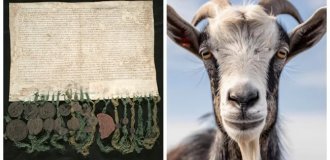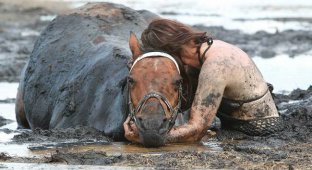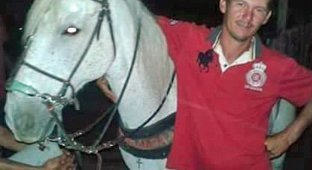Animals are smart. It is a fact. And sometimes their behavior makes us think seriously about the existence of our brothers of lesser intelligence and consciousness. 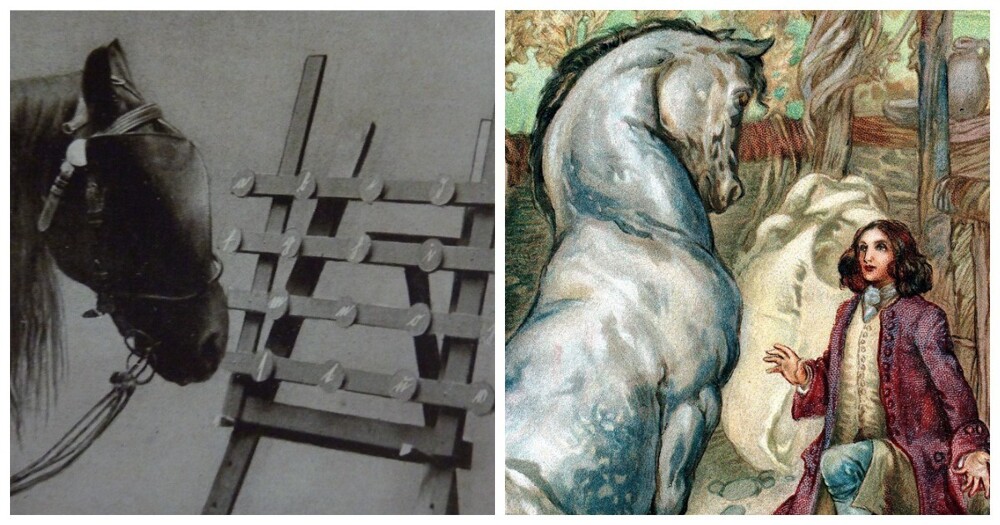
In 1904, a nine-year-old horse named Hans galloped through Berlin concert halls, amazing audiences with his extraordinary agility. Its owner, Herr Wilhelm von Osten, was a former schoolteacher and trained his horse to the level of a child of the same age. At least that's what he claimed. 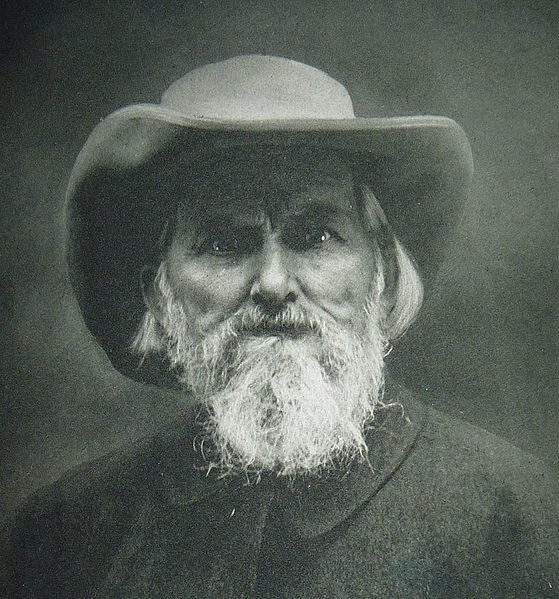
Wilhelm von Osten
All Hans had to do was tap his right front hoof once to indicate one, twice to indicate two, and so on. The letters were designated in the same way: one touch corresponds to the letter A, two touches to the letter B. 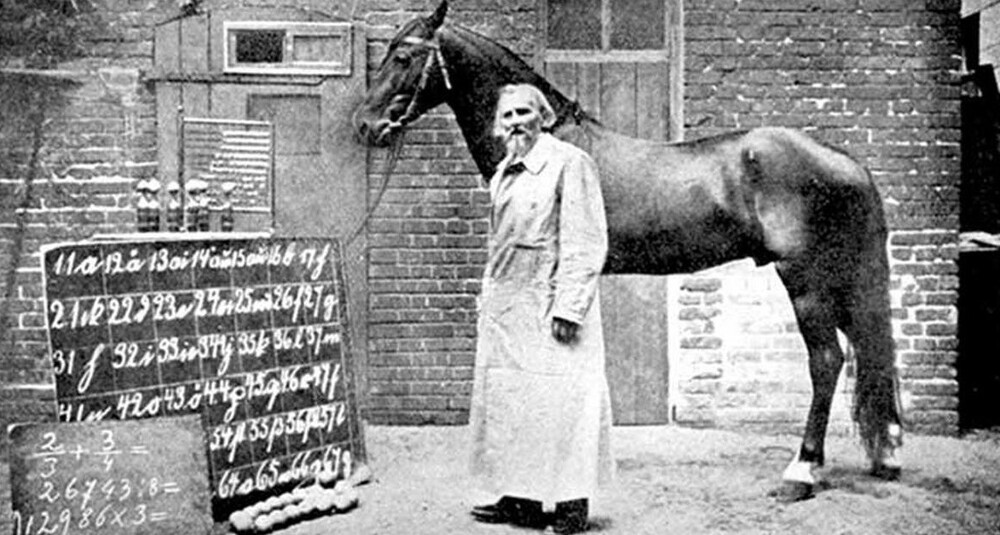
Hans with the owner
Von Osten's horse also had a memory similar to that of an elephant. In one of the demonstrations, Count Dochn was introduced to Hans. They told him: “This is Count Dokhna.” Thirty minutes later a man was pointed out and von Osten asked Hans his name. The horse went to the board with the letters of the alphabet and chose D-o-h-n-a. Another stunt involved spectators offering their photos to the stallion and then lining up in front of him. Von Osten showed Hans the photograph and asked him to point out the person in the queue. It turned out to be as simple for a horse as for any person. 
Clever Hans amazed the public and puzzled scientists. Brilliant minds studied the stallion, trying to figure out if it was all a trick or if the horse was actually intelligent. The most obvious test was to see whether Hans could perform without von Osten present.
According to one of the articles, the answer was positive: the animal answered questions and performed arithmetic calculations even when the instructor was not nearby. 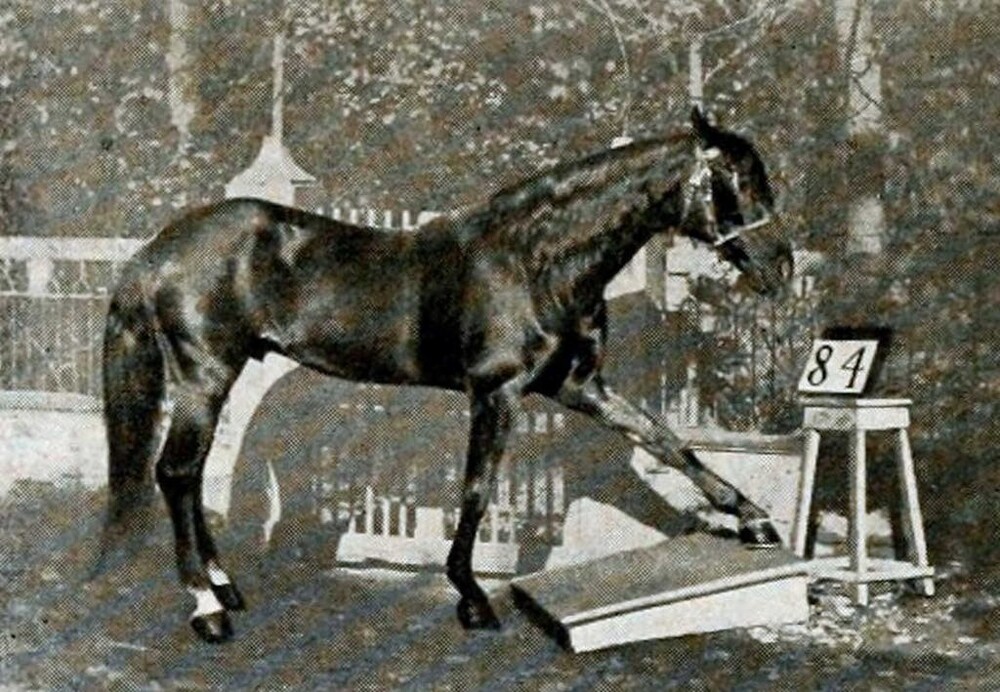
Amazingly, the ungulate even turned out to be a kind of provocateur and was able to cause a political split in Prussia. One of Hans’s enthusiastic fans turned out to be the Prussian Minister of Education, Dr. Studt. Studt was so fascinated by the animal that he wanted the stallion to perform before Emperor Wilhelm. However, other ministers were against it. Frustrated by the opposition, Studt threatened to resign from his post, but eventually came to his senses and remained in the ministry. Otherwise, this could have been the first horse to cause a split in the government. 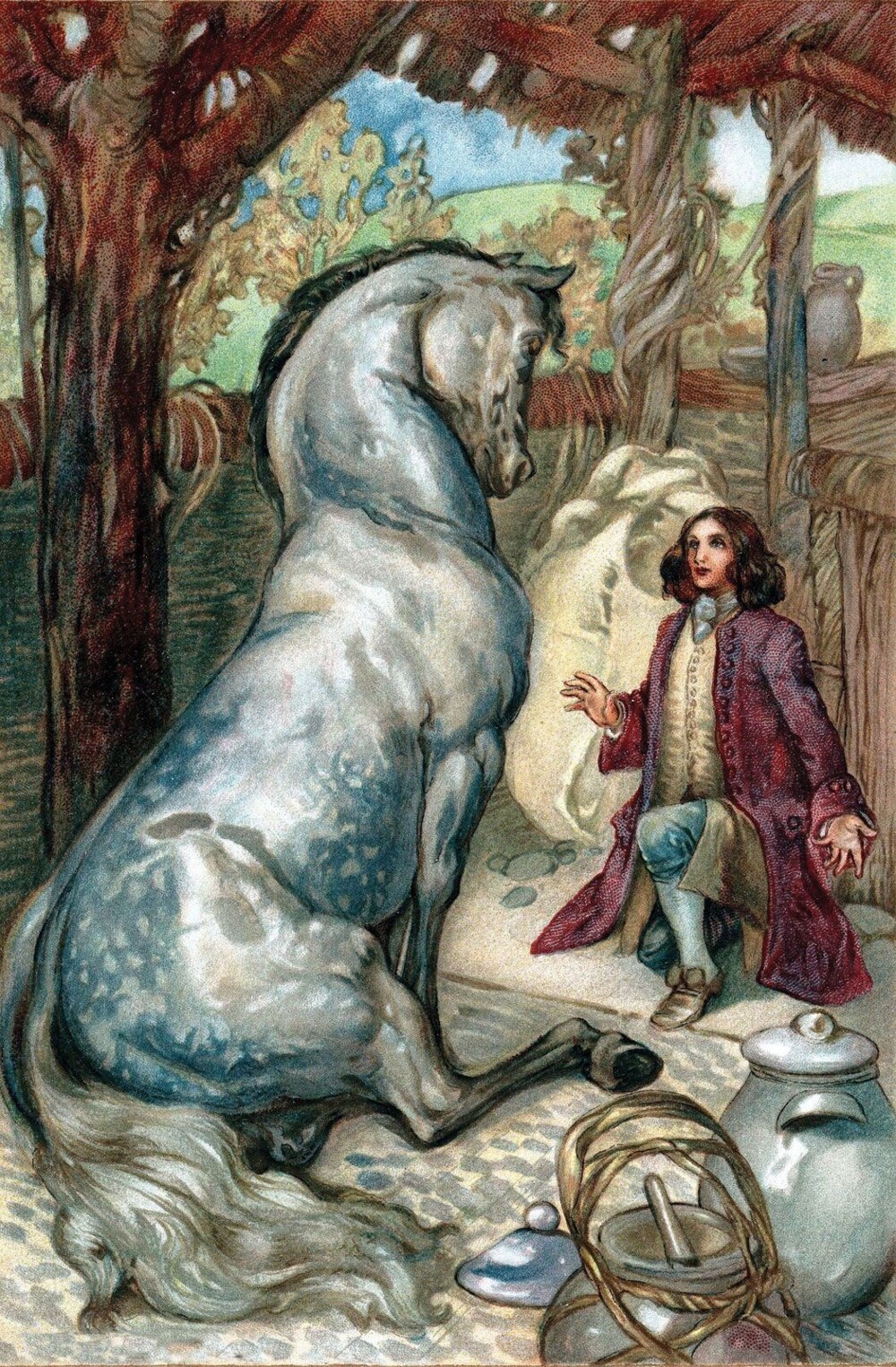
Gulliver's Journey to the Land of the Houyhnhnms
Hans became an international sensation. Even The New York Times got in on the hype. The publications contained hopes and expectations that the horse's training would advance to the point where it would learn to speak. A reporter from The Times said of Hans' linguistic potential:
Hans hasn't gotten to that point yet, but before the cold weather sets in, he might be able to hold conversations with his slacker professors in a dialect they both understand. It would be disconcerting to find that his kindred still hold so low an opinion of us as those of Swift, the cultured and talkative Houyhnhnms. But when you consider that the most pretentious members of our species cut off their tails and manes for the sake of fashion and subject them to various tortures to give them stylish poses and movements, while the rough members of our species inflict all sorts of cruelties on them, it will not be at all surprising if they do so. 
The scientific community, however, was not going to accept the fact that a horse could have the intelligence of a person, even a small child. Several German scientists were determined to expose the deception. In the end, the director of the Psychological Institute of the University of Berlin, Professor Oskar Pfungst, came to the conclusion that Hans only knows the answer if the person asking the question knows the answer.
Studying the horse, Pfungst confirmed that it could answer questions without von Osten's presence. Hans could answer any question Pfungst had. However, a horse could not have such intelligence. Pfungst realized that the horse had an amazing ability to perceive signals from the questioner, despite his efforts to remain motionless. Hans caught onl signs regardless of whether they were conscious or unconscious. 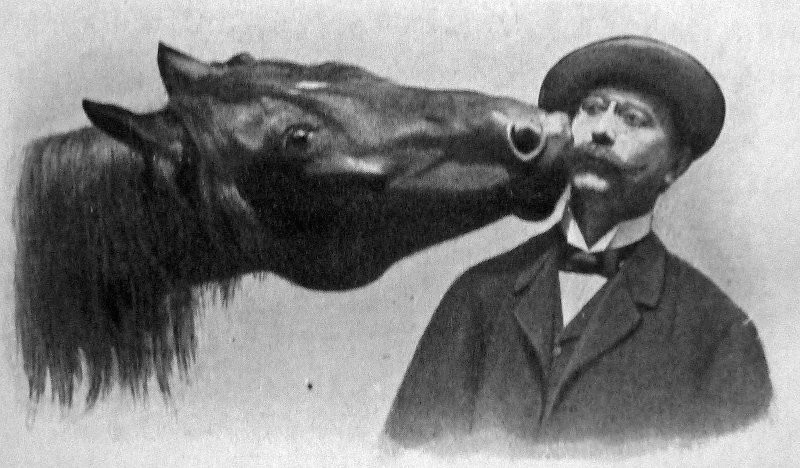
As Pfungst asked the question, he realized that his head was nodding slightly, following Hans's hoof. This was the signal for the subject to start tapping. When he reached the correct number, Pfungst raised his head, pleased with the correct answer. The horse again caught this subtle movement.
Anyone who wants to ask Hans a question will most likely expect the correct answer, and therefore will be an excellent candidate for sending strong signals. Pfungst tested his theory by asking Hans questions from greater and greater distances. The further away he stood, the more difficult it was for the horse to pick up the signals. When Hans was blindfolded, his thinking abilities turned out to be the same as those of any other horse. 
Pfungst's experiments with Hans destroyed his reputation and ended von Osten's success. Suddenly the public no longer perceived Hans as a thinking horse. People felt cheated, although the horse still showed extraordinary talent that was worth paying for. Whistleblower Pfungst profited from the animal's skills by publishing a book called Clever Hans. 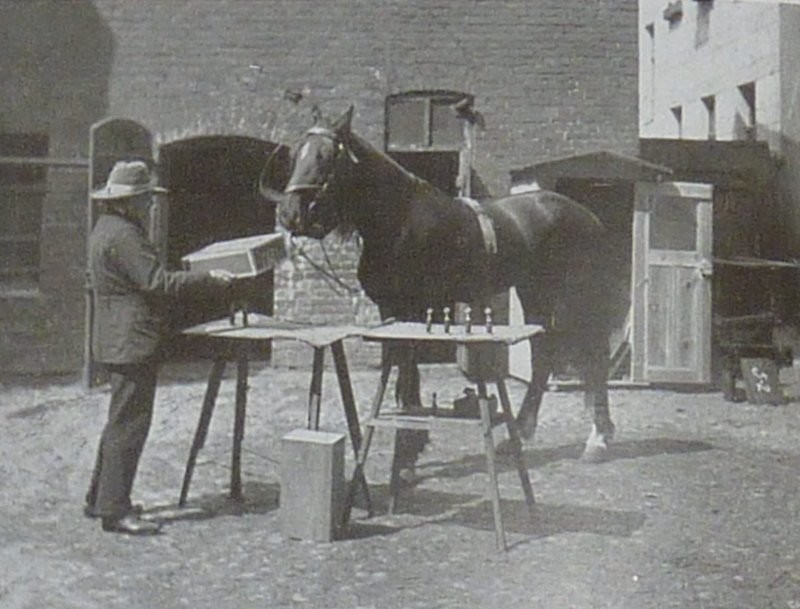
Von Osten died on June 29, 1909 at the age of 70. Hans was bequeathed to Karl Krall, a wealthy jeweler and amateur parapsychologist from Elberfeld. Krall, who already owned and trained two Arabian stallions, a Shetland pony and a black stallion, took Hans in with him. 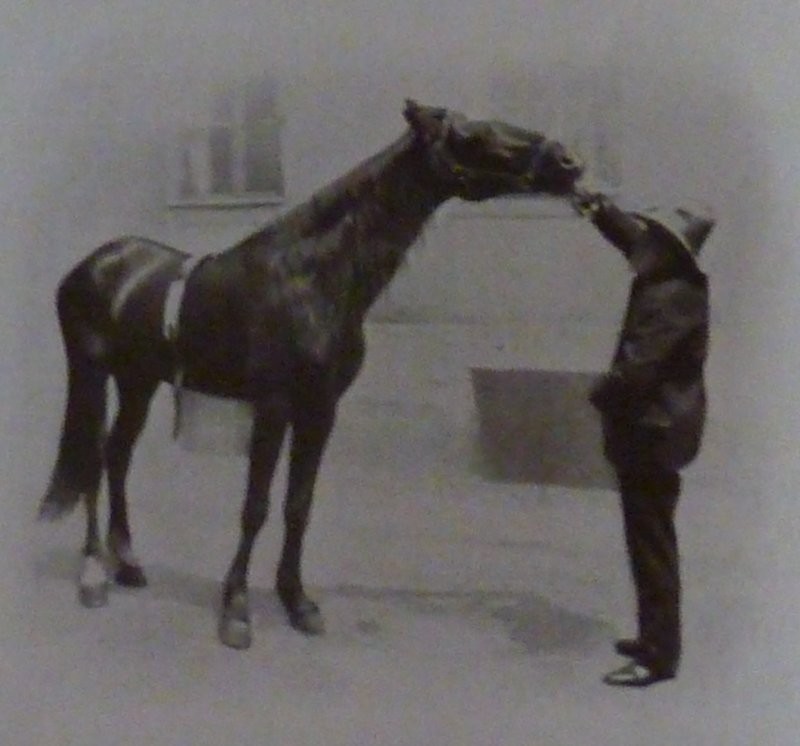
His experiments ended with the outbreak of the First World War: horses were forced to leave the stage and go to the battlefield. 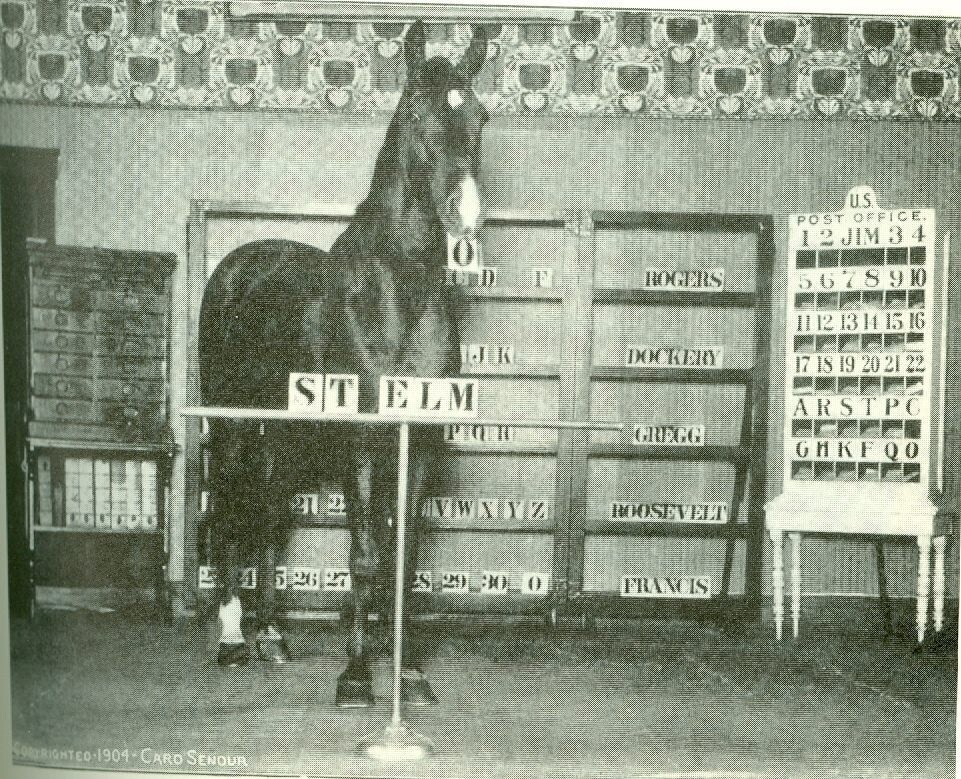
Add your comment
You might be interested in:










